| Car Albums | |||||
| Makers | |||||
| Models | |||||
| Hillman Cars | |||||
| Full menu functions for the buttons above are only available if you ALLOW BLOCKED CONTENT. My menu scripts provide drop-down menus that have been tested with the latest Mozilla browsers. If the scripts do not run, limited navigation is given by these buttons | |||||
Hillman Imp, Super Imp, Husky, and Californian The Hillman Imp project started as far back as 1955 at a time when 'Bubble Cars' often powered by Scooter engines were invading Europe and threatening the entry-level cars of the big manufacturers. In Britain the fuel shortage which followed the 1956 Suez Crisis added impetus to the search for new economical cars and resulted in both the Imp and the Mini. Parkes and Fry started Project Apex, quickly deciding on a rear engine (a la Fiat 600, Renault 4, Volkswagen Beetle), but it was decided to make something more mature than a flimsy bubble car. A 750cc Coventry-Climax alloy engine was chosen, and upgraded to 875cc for Apex. Bob Saward designed the Imp body and the car was launched in May 1963. Production was at a plant in Scotland's Linwood set up to comply with the Government's desire to distribute business expansion away from central England. Singer announced its Chamois version in October 1964, and a year later MkII models were introduced. Also launched in 1965 were the Commer Imp Van and the Hillman Super Imp. A few Rallye Imps were produced, but enthusiasts had to wait until October 1966 to buy 'off-the-peg' Singer Chamois Sport or Sunbeam Imp Sport. In the following January the first sporting body was introduced as the Hillman Imp Californian and its sibling Singer Chamois Coupe came out in April 1967. The Commer Imp Van was turned into the Hillman Husky Estate in 1967, and in the autumn Sunbeam got its coupe in the form of the Sunbeam Stiletto. Paradoxically, in October 1968 the Imps lost their "Mk II" designation and were revised without being called "Mk III", with Singer and Sunbeam now having four headlamps. The range started contracting in 1970 with Singer being culled along with all the coupes excepting the Stiletto. Production ended in March 1976. Production totalled 440,000 and was beset with quality problems since many of the components were made in the Midlands and taken up to Scotland for assembly and then the finished cars transported back down to England for sale. However, the Chrysler Sunbeam was subsequently built at the Linwood plant. |
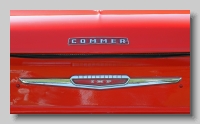
|
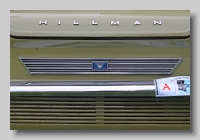
|
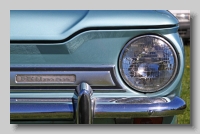
|
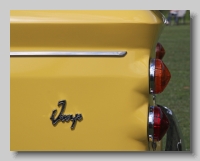
|
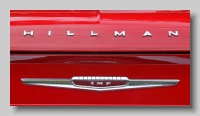
|
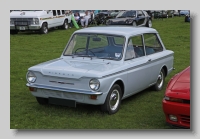
Hillman Imp.
|

Singer Chamois
|
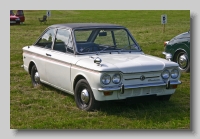
Sunbeam Stiletto, Sunbeam Imp Sport
|
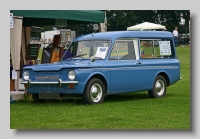
Hillman Husky (Imp) and Commer Imp Van
|
| British Cars | Simon Cars | ||||
Images created by Simon GP Geoghegan Email Simon